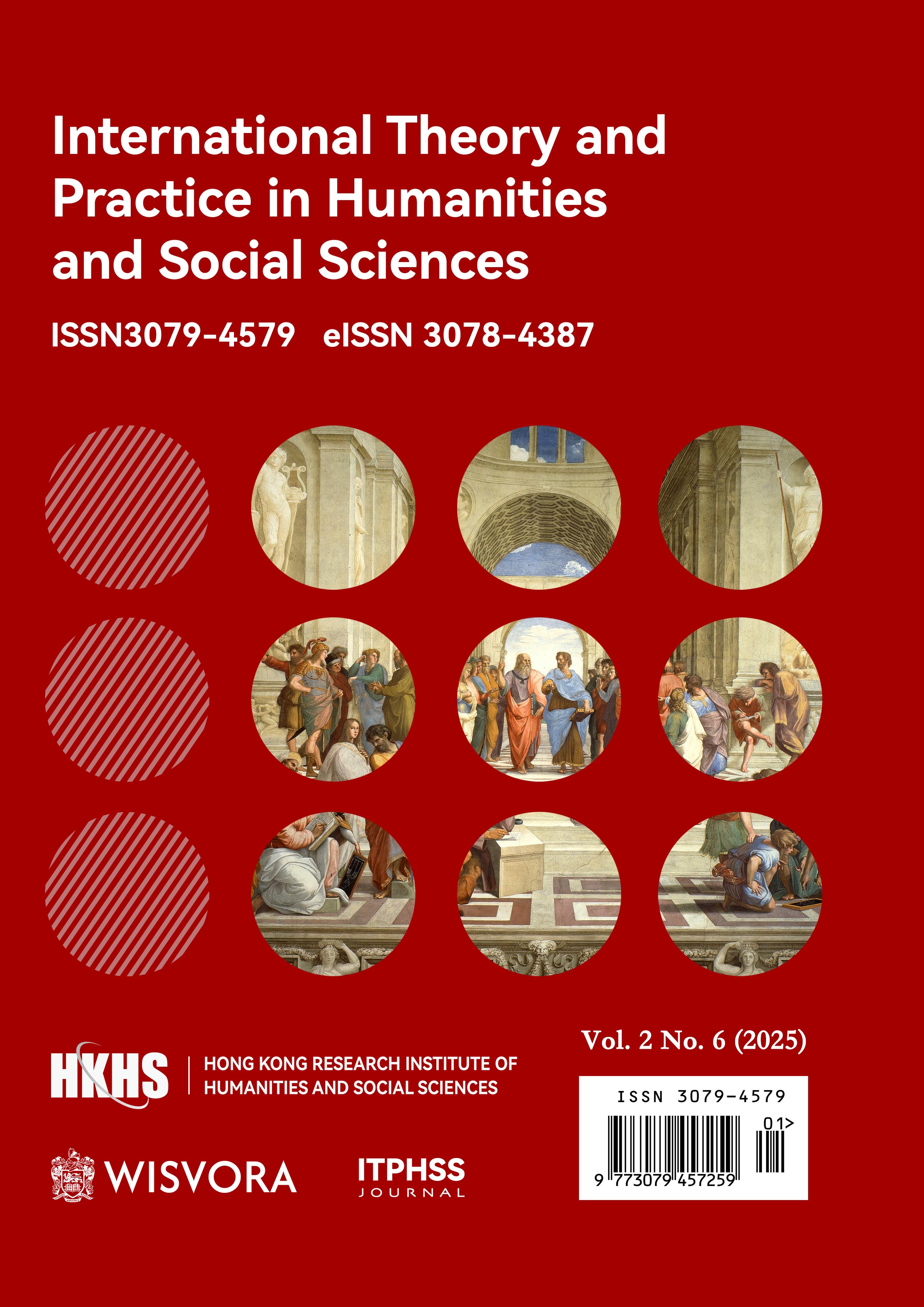Abstract
Under the digital transformation of educational evaluation in China, AI-assisted assessment has garnered unprecedented attention. This study focuses on the discourse features of English reading comprehension materials generated by DeepSeek for the National College Entrance Examination (Gaokao), employing a hybrid approach that integrates scientific prompt engineering frameworks with official documentation guidelines. The findings reveal that DeepSeek demonstrates limited proficiency in controlling micro-level textual features (e.g., length, lexical difficulty) but excels in managing macro-level features such as thematic relevance and genre alignment. This research contributes to advancing the digital transformation of educational evaluation in China, offering empirical data and methodological innovations for AI-generated assessment materials.
References
Bachman, L. F., & Palmer, A. S. Language testing in practice. Oxford University Press. (1996):89-122.
Messick, Samuel. "Validity and washback in language testing." Language testing 13.3 (1996): 241-256.
Jiang, Y. R., Tao, Y. Y., Wang, X., et al. Research on Reading Comprehension Question Generation Technology Based on Key Sentences and Question Types [J/OL]. Computer Engineering and Applications, 2025: 1-17.
Lee, J. H., Shin, D., & Noh, W. (2023). Artificial Intelligence-Based Content Generator Technology for Young English-as-a-Foreign-Language Learners’ Reading Enjoyment. RELC Journal, 54(2), 508-516.
Sireci, Stephen G. "The construct of content validity." Social indicators research 45 (1998): 83-117.
Chen, Z. Y. (1992). On the Validity Issues of Educational Testing [J]. Journal of Inner Mongolia Normal University (Philosophy and Social Sciences Edition), (03): 106-111.
Fulcher, Glenn. "Assessment in English for academic purposes: Putting content validity in its place." Applied linguistics 20.2 (1999): 221-236.
Young, J. W. (2009). A framework for test validity research on content assessments taken by English language learners. Educational Assessment, 14(3–4), 122–138.
Jin Yan. (1998). A study on the content validity of CET reading comprehension tests. Modern Foreign Languages, (2), 61–67.
Messick, S. (1989). Validity. In R. L. Linn (Ed.), Educational Measurement (3rd ed., pp. 13–103). Macmillan.
Sireci, S. G. (1998). The construct of content validity. Social Indicators Research, 45(1–3), 83–117.
Carrell, P. L. (1985). Facilitating ESL reading by teaching text structure. TESOL Quarterly, 19(4), 727–752.
Chapelle, C. A., & Douglas, D. (2006). Assessing Language Through Computer Technology. Cambridge University Press.
Koreeda, A., et al. (2021). Cognitive validity in reading tests: A systematic review. Language Testing, 38(3), 456–480.
Wang, J., et al. (2023). Evaluating AI-generated reading materials: A psycholinguistic approach. Computer Assisted Language Learning, 36(5), 1023–1045.
Wang, Lili, et al. "Exploring prompt pattern for generative artificial intelligence in automatic question generation." Interactive Learning Environments (2024): 1-26.
Dong, M. X. (2011). A diachronic study on the content validity of English reading comprehension tests in Chongqing college entrance examinations (2004–2009). Educational Measurement and Evaluation (Theoretical Edition), (2), 52–56+22.
Ministry of Education of the People’s Republic of China. English Curriculum Standards for Senior High Schools (2017 Edition). People’s Education Press, 2017.

This work is licensed under a Creative Commons Attribution 4.0 International License.
Copyright (c) 2025 Qiang Liu (Author)

